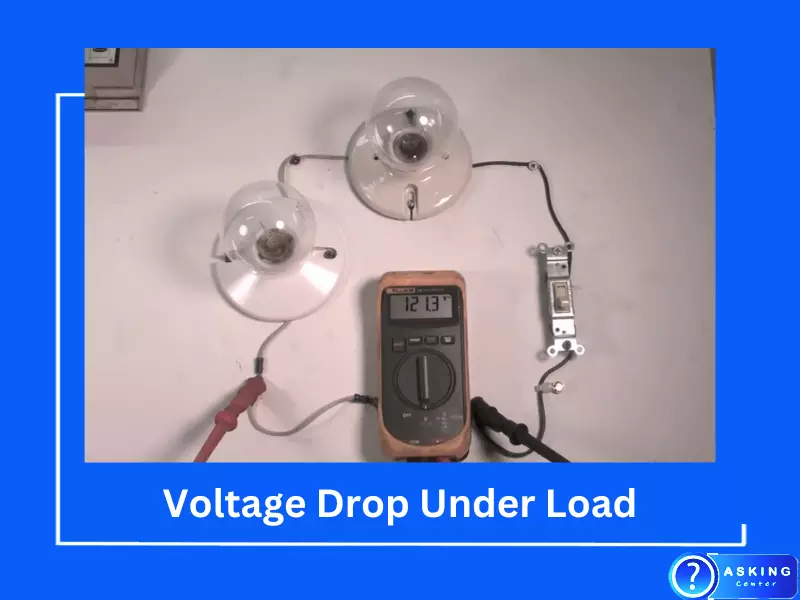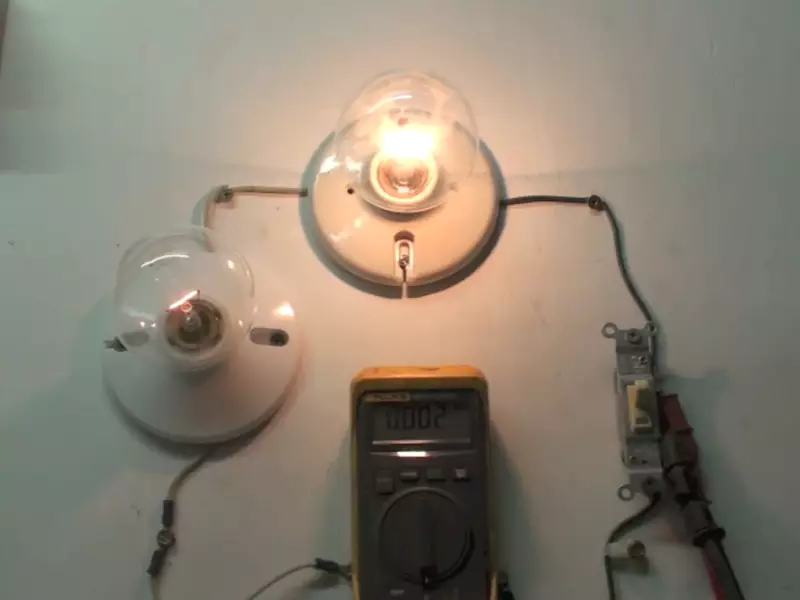Electrical systems are integral to our modern world, empowering numerous devices and technologies we rely on daily. One critical aspect to understand about these systems is the concept of voltage drop under load. Voltage drop is the decrease in electrical potential along the path of a current flowing in an electrical circuit.
Under load, the voltage of an electrical system can dip below its nominal value, affecting the system’s performance. This phenomenon is primarily due to the resistance that arises as electrical energy travels through conductors and across electrical connections. When the system is burdened with an excessive load, this issue becomes even more pronounced, causing significant voltage drops.
Let’s delve into the intricacies of this concept, the underlying causes, the problems it might pose, and the potential solutions. Prepare yourself for an enlightening journey through the realm of electrical circuits, where you will garner valuable insights that could help you manage and prevent voltage drop under load.
Understanding Electrical Load
Electrical load refers to the total amount of electric power consumed by all devices connected to a system. It’s a dynamic quantity and plays a crucial role in the performance of any electrical circuit.
The load on an electrical system can take various forms, including resistive loads (such as heaters), capacitive loads (like capacitors), and inductive loads (commonly transformers or motors). Each type of load interacts differently with the system, affecting voltage stability and power quality.

What Causes Voltage Drop
To understand what causes voltage drop, one must first grasp Ohm’s Law. This fundamental principle in electrical engineering states that the current passing through a conductor between two points is directly proportional to the voltage across the two points, and inversely proportional to their resistance. Therefore, any increase in current or resistance results in a voltage drop across the conductor.
The size and length of the wire used in the circuit also play significant roles. A lengthy or thin wire has a higher resistance, leading to a more substantial voltage drop. Additionally, high temperatures can increase the resistance of conductors, causing a further drop in voltage.
Specific Causes of Voltage Drop Under Load
Excessive Electrical Load
An electrical circuit can only handle a finite amount of load. When the load exceeds its capacity, the current running through the circuit also increases, leading to a more significant voltage drop. Overloading often happens when too many electrical devices are connected and running simultaneously, drawing more power than the circuit can efficiently deliver.
Poor Connection Quality
Connections that have corroded or become loose over time increase the circuit’s resistance, leading to a voltage drop. Other connection issues can arise from poorly installed or damaged switches, outlets, or circuit breakers, all of which contribute to a higher overall system resistance.

Long or Undersized Conductors
The physical attributes of the conductors in your system — primarily their length and cross-sectional area — significantly impact voltage drop. Long or thin wires have higher resistance, leading to an increased voltage drop under load. Therefore, understanding and correctly implementing wire sizing during installation can mitigate such issues.
Problems Caused by Voltage Drop
When voltage drop under load becomes significant, it can lead to a host of problems. These issues include damage to electrical devices, reduced system efficiency, compromised performance, and potential safety hazards. For example, an appliance operating at a voltage below its designated range may not function optimally and can even suffer internal damage over time.
Solutions to Prevent Voltage Drop Under Load
Proper Sizing and Installation of Wires
Correct wire size selection and proper installation are crucial first steps to prevent voltage drops. Thicker and shorter wires have lower resistance and are more efficient at transmitting electrical power, reducing the likelihood of significant voltage drops.
Maintaining High-Quality Connections
Ensuring that all connections in your electrical system are in good condition is another vital step. Regular maintenance checks can help detect and fix loose or corroded connections, keeping system resistance low and preventing unnecessary voltage drops.
Load Management
Effectively managing the load on your electrical system can also mitigate voltage drop issues. This can be achieved by evenly distributing electrical devices across multiple circuits and avoiding the simultaneous operation of high-power devices.
Expert Tips for Managing Voltage Drop
Regular monitoring and maintenance of your electrical system can go a long way in managing voltage drop. Detecting and addressing issues promptly can prevent more serious problems from arising.
When issues become complex, seeking professional help is advisable. Implementing long-term strategies, like energy-efficient appliances and load balancing devices, can also contribute to a more efficient electrical system.
Frequently Asked Questions (FAQs)
Why is my voltage dropping under load?
The primary reason for voltage dropping under load is an increase in system resistance. This can occur due to excessive electrical load, poor connection quality, or long or undersized conductors.
Can voltage drop damage my appliances?
Yes, significant voltage drop can damage your appliances. Operating at a lower voltage than intended can lead to sub-optimal performance and possible internal damage over time.
How can I prevent voltage drop in my electrical system?
Proper wire sizing and installation, maintaining high-quality connections, and effective load management are key strategies to prevent voltage drop in your electrical system.
Conclusion
The concept of voltage drop under load is essential for maintaining efficient electrical systems. Remember, the main culprits are excessive load, poor connections, and unsuitable conductors. However, by selecting the right wires, maintaining your connections, and managing your load effectively, you can significantly mitigate this issue.
By investing time and effort into understanding and managing this phenomenon, you’ll ensure the longevity of your appliances, safety of your premises, and efficiency of your electrical system.
